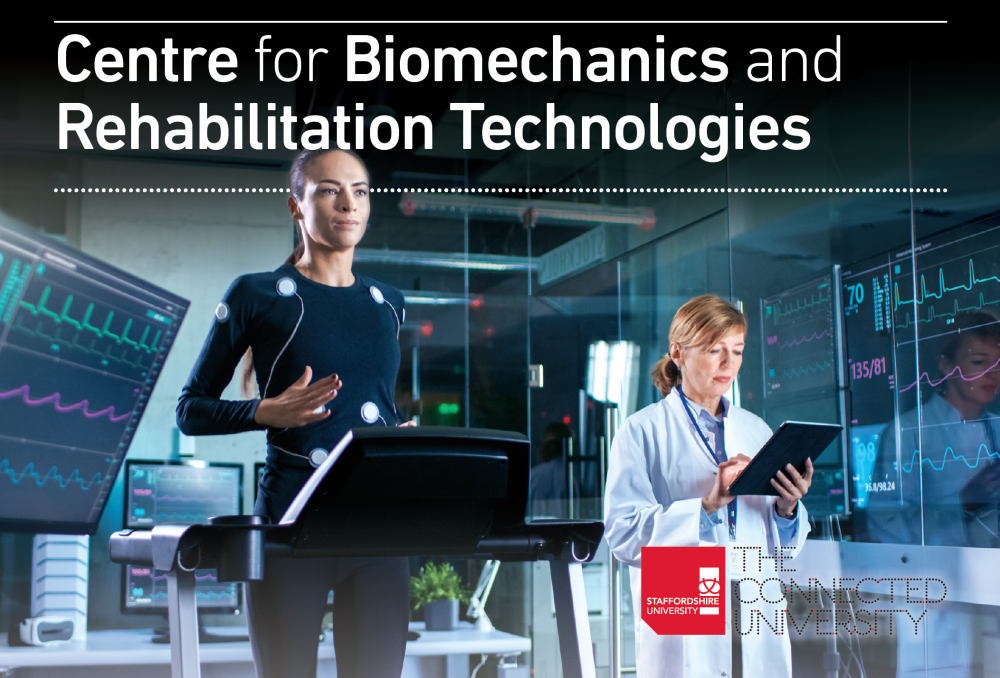We have several PhD students currently working on various areas of research with an ultimate aim to contribute to the existing knowledge in the field of biomechanics research and add to evidence-based practice. Some of the ongoing PhD projects are discussed below.
Role of skin properties on the Biomechanics of the Diabetic Foot
The formation of foot ulcers has been linked to the mechanical failure of the soft tissues of the foot. One of our current PhD students is working on a project to enhance the clinical management of diabetic foot through the development of clinical tools to further bring tissue biomechanics into the clinical management of diabetic foot disease.
Role of skin microcirculation on the Biomechanics of the Diabetic Foot
Skin perfusion play an important role in the diabetic foot disease. Our other PhD student intends to determine the extent at which microvascular and neuropathic aspects are involved with DFU. This will have practical implications for early diagnosis and devising improved clinical management and prevention strategies within primary care.
Prescription footwear for children
We have a PhD whose interests lie in the fields of anthropometry and lower limb development. The student’s current research is in stability orthopaedic shoes for children. The research seeks to identify the current clinical use of this therapeutic footwear and formulate clinical protocols for their prescription via professional consensus and objective observation of the direct physical effects of this footwear on children with walking related pathology.
Ultrasound assessment of the plantar soft tissue
Another PhD student is focused on developing an innovative fully automated weight bearing ultrasound scanning system. It will be able to determine based upon quantification of textural features, whether a tissue is pathologic or healthy and even predict if the specific tissue is likely to present a kind of illness like foot deformation or ulcers in the upcoming future. This fully automated device will come in hand with a user-friendly application. This application will have features like elastography, automated segmentation of various tissues and 3D reconstruction, so easily, can be simulated the deformation under various load directions. The weight bearing device is aimed to be implemented to the daily clinical practice.
Muscle spasticity and ankle contractures
We also have a PhD student who is looking at the relationship between spasticity and contractures at the ankle post traumatic brain injury. The study aims to enable understanding on the time course of development of contracture/ spasticity at the ankle to enable timely intervention to mitigate long standing impairments, which may lead to decreased quality of life and independence.
Inertial Measurement Units to quantify locomotion intensity
Inertial measurement units (IMU) such as; accelerometers, gyroscopes and magnetometers are powerful tools that can provide field-based analysis of Quantity, Rate and Quality of locomotion during walking and running. This PhD study has a focus on developing improved method of quantifying locomotion intensity using IMUs. The outcome can have implications in both assessing athlete and in clinical population.
We believe that each these projects would help to derive key insights in the respective fields that could contribute towards improving healthcare provision and health related quality of life of individuals at various levels. The research outcomes may also have the potential to resolve key public health concerns and have implications for policy shaping.
Interested in studying with us?
Please apply: http://www.staffs.ac.uk/course/SSTK-10269.jsp

